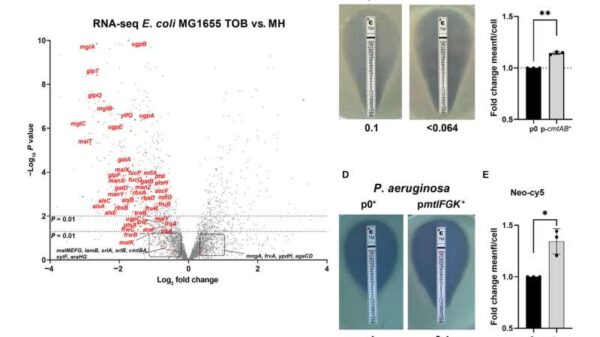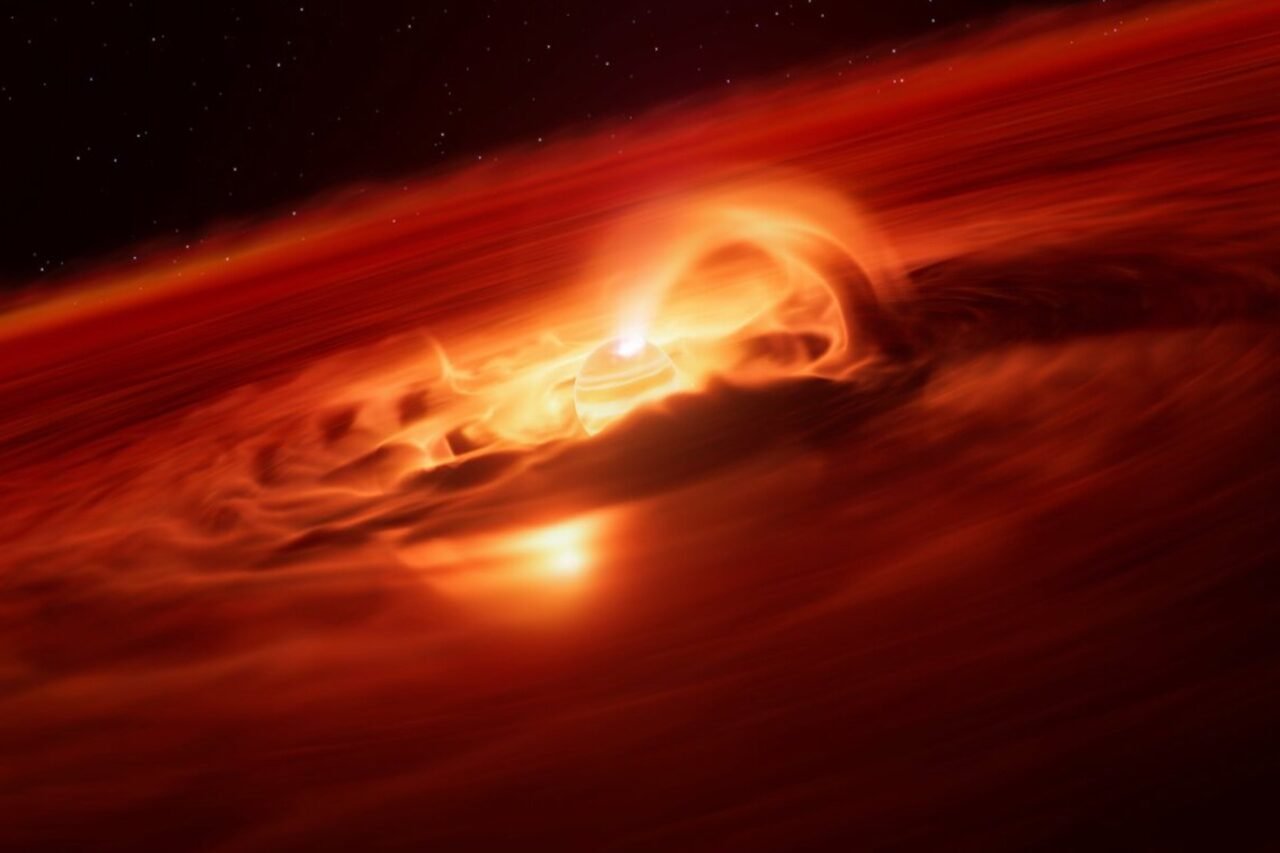Astronomers have discovered a rogue planet, designated as Cha 1107-7626, consuming gas and dust at an astonishing rate of 6 billion tons per second. Located approximately 620 light-years away in the Chameleon constellation, this planetary body is currently undergoing a rapid growth phase, drawing material from a surrounding disc that remains from its formation process. The findings, published in The Astrophysical Journal Letters on October 12, 2023, showcase the fastest growth rate ever observed in a planetary mass object.
Rogue planets are unique in that they float freely through space, unbound by a host star. They can form through two primary processes: either being ejected from a star system or independently arising from the collapse of a gas and dust cloud. The discovery of Cha 1107-7626 highlights its unusual behavior, particularly in its current phase of accretion, the process by which planets gather material from their surroundings.
Unprecedented Accretion Rates
The research team utilized the European Southern Observatory’s (ESO) Very Large Telescope to monitor the planet’s growth over time. Remarkably, by August 2023, Cha 1107-7626 was accruing material at a rate eight times faster than just a few months prior. Víctor Almendros-Abad, an astronomer at the Astronomical Observatory of Palermo, National Institute for Astrophysics (INAF), and lead author of the study, remarked, “This is the strongest accretion episode ever recorded for a planetary-mass object.”
Cha 1107-7626 is still in its early formation stage but is already impressively massive, weighing between five to ten times that of Jupiter. The scientists noted that the planet’s rapid growth may be linked to its magnetic activity, which enhances the influx of material into its surrounding disc.
Significant Observations and Implications
During their observations, the team detected water vapor in the accreting material, a finding that had not been observed previously. The presence of water vapor suggests significant chemical changes in the disc as it accumulates mass. This phenomenon, typically seen only in stars, raises intriguing questions about the capabilities of even lower mass planetary objects regarding magnetic fields and accretion dynamics.
Amelia Bayo, an astronomer at ESO and co-author of the study, expressed her excitement about the findings, stating, “The idea that a planetary object can behave like a star is awe-inspiring and invites us to wonder what worlds beyond our own could be like during their nascent stages.”
The discovery of Cha 1107-7626 not only adds to our understanding of rogue planets but also opens new avenues for research into the formation and evolution of planetary bodies in the universe. As astronomers continue to study such objects, the potential for uncovering the mysteries of our cosmos remains vast and compelling.



































































